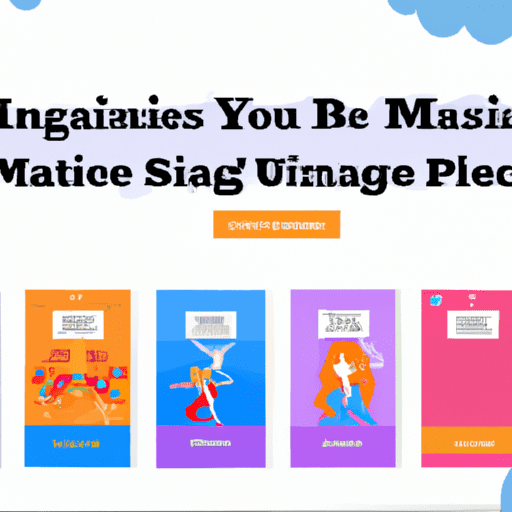Choose the Right Landing Page for Your Next Campaign
Landing pages are the unsung heroes of the marketing world. They quietly work behind the scenes, increasing conversions, capturing leads, and driving traffic to your offers. But not all landing pages are created equal. There are different types of landing pages, each serving a specific purpose. In this article, we will break down each type to help you choose the right landing page for your next campaign.
Types of Landing Pages
1. Squeeze Page
A squeeze page is designed to capture the user’s email address. It is commonly used for gated content or to prompt users to subscribe to a newsletter, ebook, or whitepaper. Keep your squeeze page simple, with a tempting call-to-action (CTA) that encourages users to provide their email address.
2. Splash Page
A splash landing page is used as an intermediary page when someone clicks a social media or content link. It can share announcements, ask for language preferences, or present an ad. Ensure that your splash page serves a clear purpose and offers an easy way for users to access the desired content.
3. Lead Capture Page
A lead capture page is similar to a squeeze page but generally gathers more information from the user, such as name, business name, job title, and industry. The information requested depends on the goals of the page and where the customer is in the sales funnel.
4. Click-Through Landing Page
A click-through landing page provides value to the customer before asking for a purchase. It shares the benefits and features of a product or service and encourages users to try a free trial. Once the user clicks the CTA button, they are taken to another landing page that provides pricing details and requires payment information.
5. “Get Started” Landing Page
A “Get Started” landing page should lead with the offer above the fold. It should entice users with the benefits of your product or service and provide more details as they scroll down the page. Make sure a clear CTA button awaits at the end.
6. “Unsubscribe” Landing Page
Although you wouldn’t build a campaign around an unsubscribe page, it’s essential not to neglect it. A good unsubscribe page should successfully unsubscribe users, offer them a chance to manage their email preferences, and include links to other areas of your website.
7. Long-Form Sales Landing Page
A long-form sales landing page is detailed and aims to answer all the questions and overcome any barriers to purchase that a customer might have. It should highlight the benefits of your product or service and provide social proof, such as testimonials or success stories.
8. Paid Advertising Landing Page
Paid advertising landing pages are designed to generate leads rather than immediate sales. They should align with the ad and present the value proposition clearly. Ensure that the landing page provides relevant information and encourages users to take action.
9. 404 Landing Page
A 404 landing page is not something you want your users to encounter, but if they do, make the page visually appealing and use humor to offset the error. Additionally, include links to your homepage or other neutral landing pages to keep users engaged with your website.
10. “About Us” Landing Page
Turn your “About Us” page into a lead generation page. Provide the necessary information about your company and its mission, but also include opportunities for users to take action, such as shopping, following, or joining your company. Consider offering email subscriptions as well.
11. “Coming Soon” Page
A “Coming Soon” landing page is ideal for launching a new product or service. Tease your offer, provide a launch date if available, and encourage users to provide their email addresses in exchange for updates or notifications.
12. Pricing Page
If you’re unveiling new pricing or product tiers, consider directing customers to a pricing landing page. Optimize this page by clearly outlining the different packages and pricing options. Make it easy for users to get more information or sign up.
13. “Thank You” Landing Page
Don’t waste the opportunity to provide additional value to users on your “Thank You” page. Include additional offers or gifts to keep them engaged. Use the page to capture more information about their needs and preferences.
Choosing the Right Landing Page
To choose the right landing page for your campaign, start by understanding your business goals and your audience’s goals. Research how your competitors achieve similar goals and think about the motivation that brought your audience to the page.
Consider whether a short-form or long-form landing page is appropriate for your campaign. Short-form landing pages work well for squeeze pages, thank you pages, and unsubscribe pages. Long-form landing pages are suitable for sales landing pages, click-through landing pages, and pricing pages.
Conclusion
Landing pages play a crucial role in your marketing campaigns. They help capture leads, drive conversions, and connect with your audience. By understanding the different types of landing pages and choosing the right one for your campaign, you can maximize its effectiveness. So, take the time to craft a landing page that captures attention, engages your audience, and leaves them wanting more.

